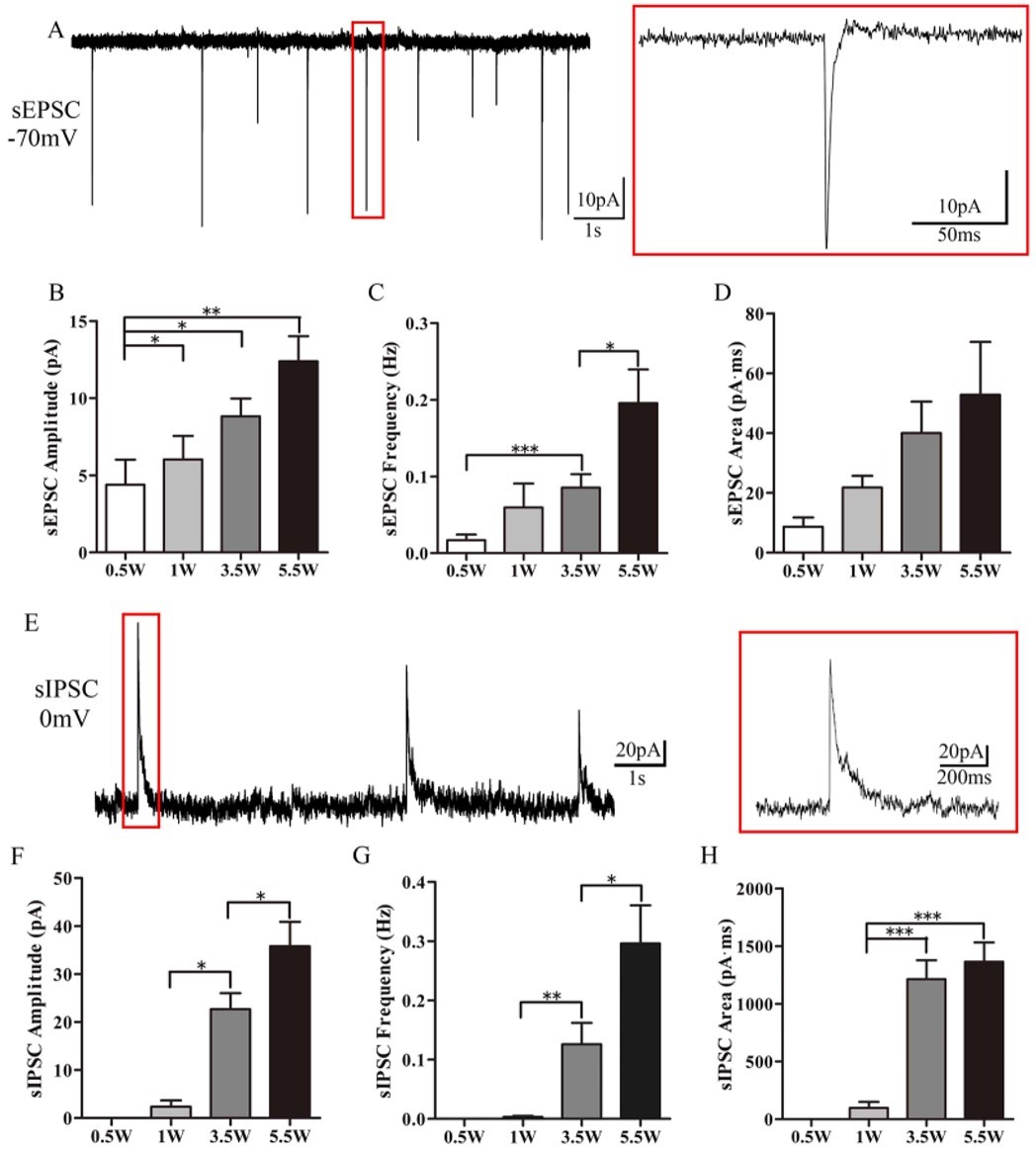- Home
-
Screening
- Ionic Screening Service
-
Ionic Screening Panel
- Ligand Gated Ion Channels
- Glycine Receptors
- 5-HT Receptors3
- Nicotinic Acetylcholine Receptors
- Ionotropic Glutamate-gated Receptors
- GABAa Receptors
- Cystic Fibrosis Transmembrane Conductance Regulators (CFTR)
- ATP gated P2X Channels
- Voltage-Gated Ion Channels
- Calcium Channels
- Chloride Channels
- Potassium Channels
- Sodium Channels
- ASICs
- TRP Channels
- Other Ion Channels
- Stable Cell Lines
- Cardiology
- Neurology
- Ophthalmology
-
Platform
-
Experiment Systems
- Xenopus Oocyte Screening Model
- Acute Isolated Cardiomyocytes
- Acute Dissociated Neurons
- Primary Cultured Neurons
- Cultured Neuronal Cell Lines
- iPSC-derived Cardiomyocytes/Neurons
- Acute/Cultured Organotypic Brain Slices
- Oxygen Glucose Deprivation Model
- 3D Cell Culture
- iPSC-derived Neurons
- Isolation and culture of neural stem/progenitor cells
- Animal Models
- Techinques
- Resource
- Equipment
-
Experiment Systems
- Order
- Careers
sEPSC/sIPSC Recordings
Excitatory postsynaptic potential (EPSP) is a postsynaptic potential that makes the postsynaptic neuron more likely to fire an action potential. This temporary depolarization of postsynaptic membrane potential, caused by the flow of positively charged ions into the postsynaptic cell, is a result of opening ligand-gated ion channels. These are the opposite of inhibitory postsynaptic potentials (IPSPs), which usually result from the flow of negative ions into the cell or positive ions out of the cell. EPSPs can also result from a decrease in outgoing positive charges, while IPSPs are sometimes caused by an increase in positive charge outflow. The flow of ions that causes an EPSP is an excitatory postsynaptic current (EPSC).
A comparison of the relative frequency of sEPSCs and sIPSCs provides one measure of the weighting of these inputs and gives an indication of active inputs to the neurons. Because changes in EPSC amplitude suggest alterations in the number of receptors clustered at synapses, those diseases that affect neuronal transmissions can be implicated by EPSC/IPSC analysis.

Fig. 1 Frequency of sEPSCs and sIPSC progressively increased with development
Advantages
Regular, accurate communication on project progression
Reports will be delivered on time, be clear, concise and error free
Study aims and conclusions will be understood without requiring in-depth knowledge of electrophysiology
All confidential data encrypted
Aim to provide data and reports in format consistent with client's in-house standards
Reference
Kang S, et al. Characteristic analyses of a neural differentiation model from iPSC-derived neuron according to morphology, physiology, and global gene expression pattern. Sci Rep. 2017; 7: 1–11.
Related Section
- fEPSP / Populational Spikes Recordings
- LTP & LTD Formation or Deficit Detection
- Populational Spikes Recordings
Inquiry

